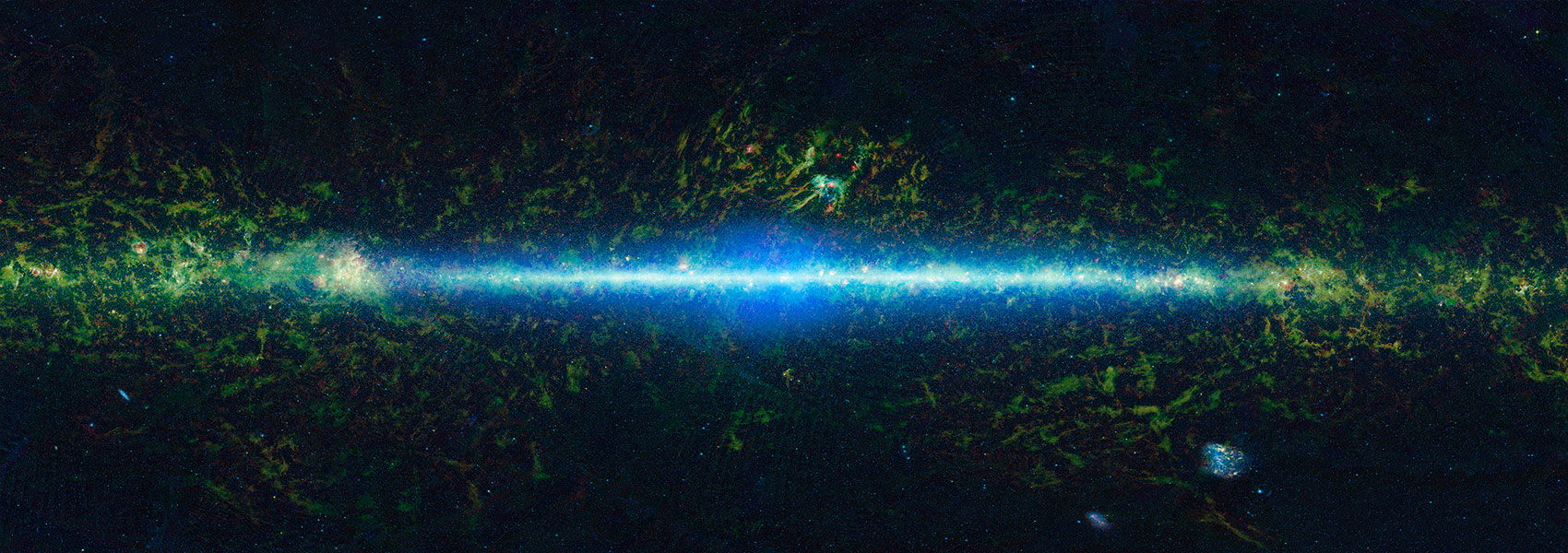December
2021
•
2021ApJS..257...45H
Authors
•
Hsu, Chih-Chun
•
Burgasser, Adam J.
•
Theissen, Christopher A.
•
Gelino, Christopher R.
•
Birky, Jessica L.
•
Diamant, Sharon J. M.
•
Bardalez Gagliuffi, Daniella C.
•
Aganze, Christian
•
Blake, Cullen H.
•
Faherty, Jacqueline K.
Abstract
•
We report multiepoch radial velocities, rotational velocities, and atmospheric parameters for 37 T-type brown dwarfs observed with Keck/NIRSPEC. Using a Markov Chain Monte Carlo forward-modeling method, we achieve median precisions of 0.5 and 0.9 km s-1 for radial and rotational velocities, respectively. All of the T dwarfs in our sample are thin-disk brown dwarfs. We confirm previously reported moving group associations for four T dwarfs. However, the lack of spectral indicators of youth in two of these sources suggests that these are chance alignments. We confirm two previously unresolved binary candidates, the T0+T4.5 2MASS J11061197+2754225 and the L7+T3.5 2MASS J21265916+7617440, with orbital periods of 4 and 12 yr, respectively. We find a kinematic age of 3.5 ± 0.3 Gyr for local T dwarfs, consistent with nearby late M dwarfs (4.1 ± 0.3 Gyr). Removal of thick-disk L dwarfs in the local ultracool dwarf sample gives a similar age for L dwarfs (4.2 ± 0.3 Gyr), largely resolving the local L dwarf age anomaly. The kinematic ages of local late M, L, and T dwarfs can be accurately reproduced with population simulations incorporating standard assumptions of the mass function, star formation rate, and brown dwarf evolutionary models. A kinematic dispersion break is found at the L4-L6 subtypes, likely reflecting the terminus of the stellar main sequence. We provide a compilation of precise radial velocities for 172 late M, L, and T dwarfs within ~20 pc of the Sun.
Links



